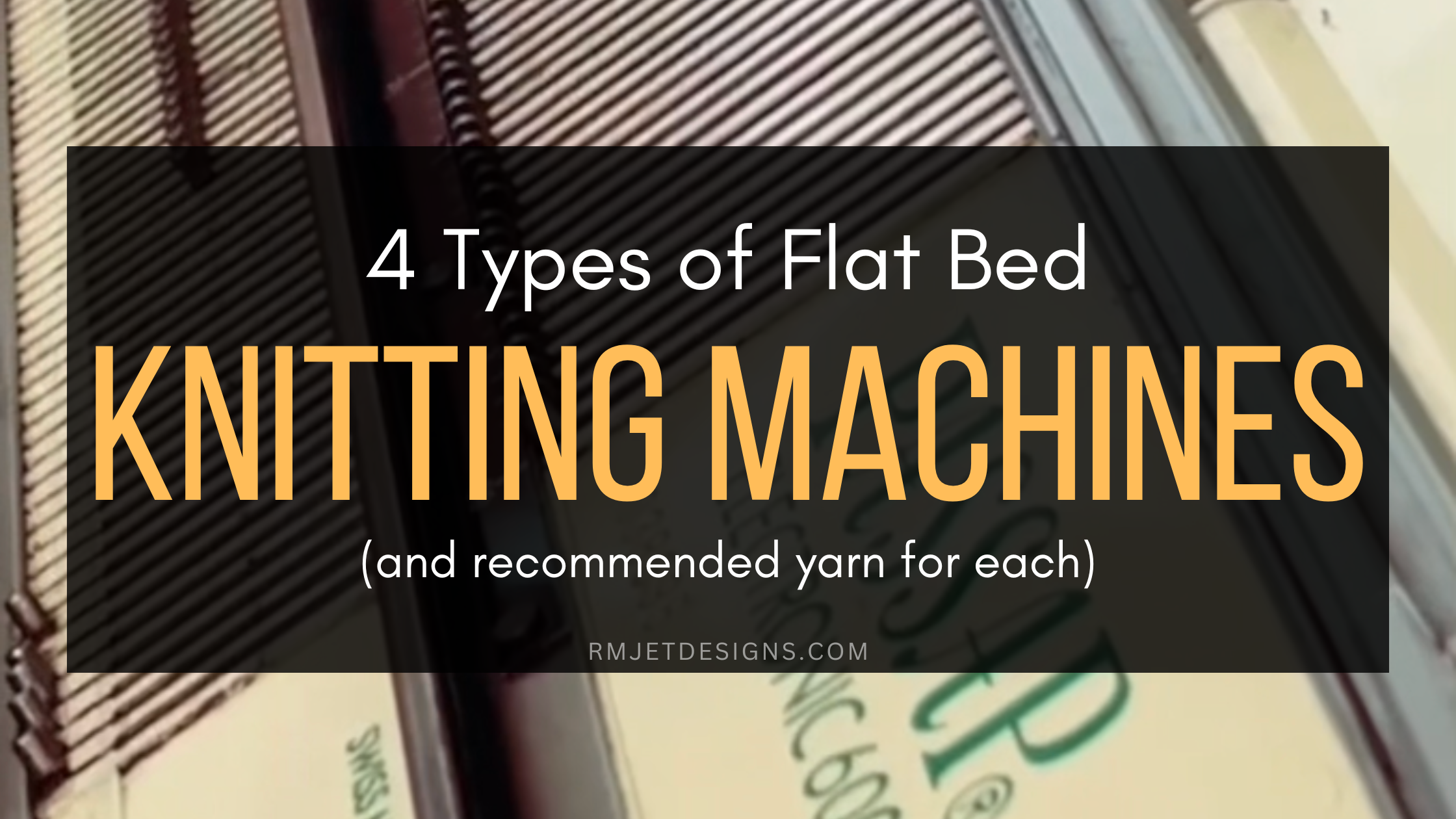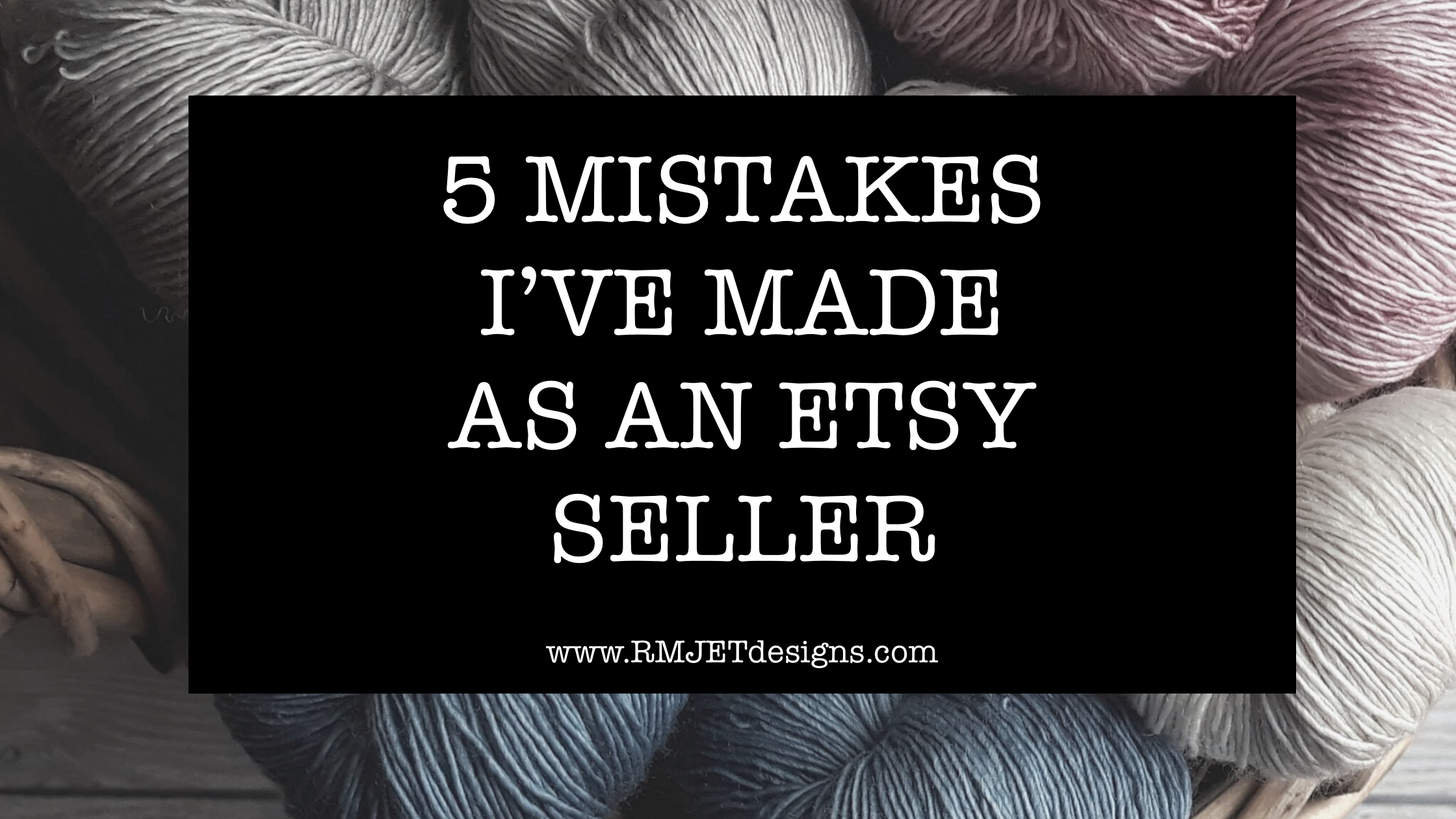Knitting machines come in a variety of sizes. Each size has it own yarn requirements, stitch sizes, and purpose. Most stitches and techniques can be used with all flatbed knitting machines - though the final result may differ.
There are four different sizes of knitting machines. Each size is determined by the gauge of the machine. If you’re familiar with hand knitting you will recognize what the gauge is and how it is related to a knitting machine. For example, a size 4.5 mm knitting needle is different in size (and gauge) than a size 9.00 mm knitting needle. They both use different size yarn as well.
So, let’s look at the four different knitting machines groups and their gauges. We’ll begin with the smaller gauge machines and work up to the larger ones.
- FINE GAUGE KNITTING MACHINES: These machines are around the 3.6mm gauge machines. They like fine thread-like yarns the best. Knitted pieces are lightweight.
- STANDARD GAUGE KNITTING MACHINES: These machines are normally around a 4.5mm gauge. Fine yarn works great with these machines. I prefer a fingering weight yarn with mine. Cone yarns are also popular with this group of knitting machines as it helps with the flow of yarn as you’re working with it.
- MID-GAUGE KNITTING MACHINES: The mid-gauge group of flat bed knitting machines are typically around a 6.5 mm gauge machine. This machine is great for finishing off your work with hand knitting. The yarns that work best for this group of knitting machines are sport weight and worsted weight yarns. I personally prefer a smoother worsted weight yarn for my mid-gauge knitting machine.
- BULKY OR CHUNKY KNITTING MACHINES: This group of flatbed knitting machines are typically a 9.00 mm gauge. Thicker yarns work great through this type of knitting machine. Some tighter woven worsted weight yarns (Caron One Pound yarn, for example) work well on this machine.
As you can see there are several types of flat bed knitting machines which are grouped by their gauge size. The yarn you use on each machine is based on the machine gauge, size of yarn, and content of the yarn.
To recap, below you will find the groups of knitting machines and their gauges:
Fine Gauge Knitting Machine: 3.6 mm
Standard Gauge Knitting Machines: 4.5mm
Mid-Gauge Knitting Machines: 6.5 mm
Bulky or Chunky Knitting Machines: 9.00 mm
Now, I will share a little about my knitting machines and the yarns I prefer to use for each.
STANDARD GAUGE KNITTING MACHINE
First up is my Passap E600 knitting machine. This machine is a beauty. It has a double bed and it’s all metal. This machine is 5.00 mm (according to my research) and is listed as a Standard Gauge Knitting Machine. Most of the work we do on this machine is flat knitting. We create knitted panels that we bind off and work with at the end. The machine has a lot of features that we don’t use, but it’s great if you know how to do various techniques (or want to learn).
We like to use cone yarn on our Passap machine. Our favorite is a fingering weight (sport weight yarn). It runs through the machine well and the tension stays pretty consistent through our work. We buy our cone yarns for this machine in bulk and offer them for sale in our Etsy Shop. You can find a variety of colors in both cones and balls HERE.
I’ve tried many different yarns through our Passap machine, but found these cone yarns work the best. I’ve tried a thin hemp blend yarn, a wool blend yarn, and various other fingering weight yarns, but find the cone yarn we offer works the best. It’s a smooth soft acrylic that just flows through our machine.
MID-GAUGE KNITTING MACHINE
Next up is our Silver Reed SK160 (it is often referred to as a Studio SK160) knitting machine. This machine is categorized as a mid-gauge knitting machine with a 6.5 mm gauge. It has a plastic body and metal bed. I’ve found a lot of worsted weight commercial yarns work great through this machine. I’ve even used 2 strands at a time of our cone yarns (mentioned above) and they work great through the machine. In my experience Red Heart Super Saver yarn works great if you increase the tension and work slowly. Caron One Pound yarn is a little rougher and dense in texture and will work, but it’s not as smooth as the Red Heart Super Saver yarn. Many thinner worsted weight yarns work, but if I find I have the most luck with a light worsted weight yarn or DK weight. It’s always easy to test a yarn before you buy enough to do your project.
I like to hand knit to finish off the knitted pieces from this machine. I usually grab my 4.5 mm knitting needles to do this work. I find this size hand knitting needles work best for me as a tight knitter. You may need to experiment with your own hand knitting tension.
BULKY OR CHUNKY KNITTING MACHINE
Our Bulky/Chunky flatbed knitting machine is our Studio SK155 (it’s sometimes referred to as a Silver Reed SK155 as well). This is one of our newest purchases. We’re still experimenting with this one, but love how it’s easier to use. This machine uses a lot of commercial brand yarns, and has less rows needed to complete a knitted panel. I’ve tried a few different yarns on this one. I would suggest adjusting the tension if you’re using a bulky yarn. Some dense yarns will work great on this machine as well. I haven’t tried our cone yarn on this machine yet, but I think pulling 2 strands may leave the finished knitted piece with a “too loose” looking stitch. I’ll update this post after I experiment a little more.
I hope this information helps you as you research flat bed knitting machines types, gauges, and recommended yarns for each type of machine. Whether you purchased a new machine, are looking for a new knitting machine, or experimenting with one remember that each knitter is different and personal preferences play a key role in determining if a yarn “works” with each machine.
Enjoy your flat bed knitting machine journey and go easy on yourself if you’re new to the world of Knitting Machines. There are a lot of things to learn. Take it slow and celebrate the small wins along the way.









